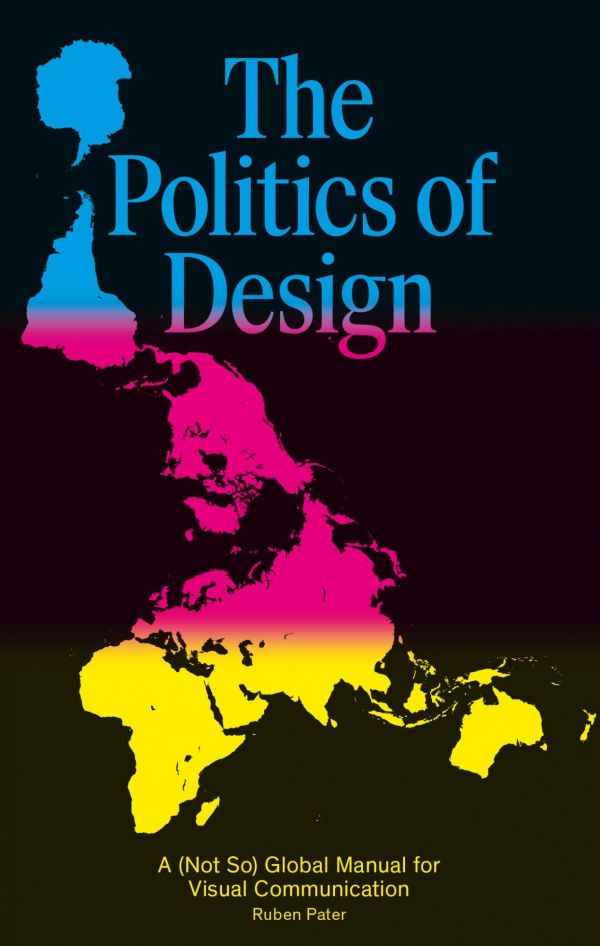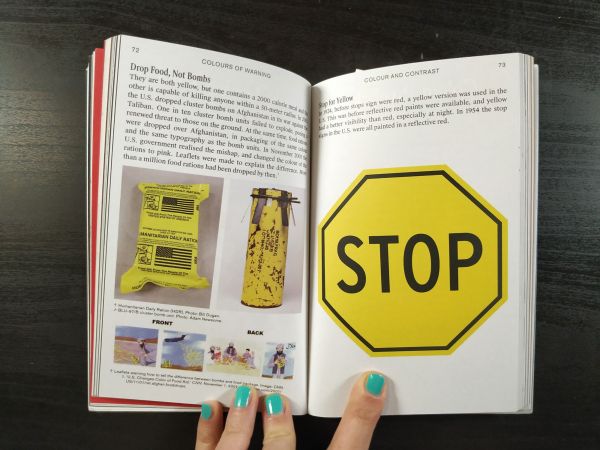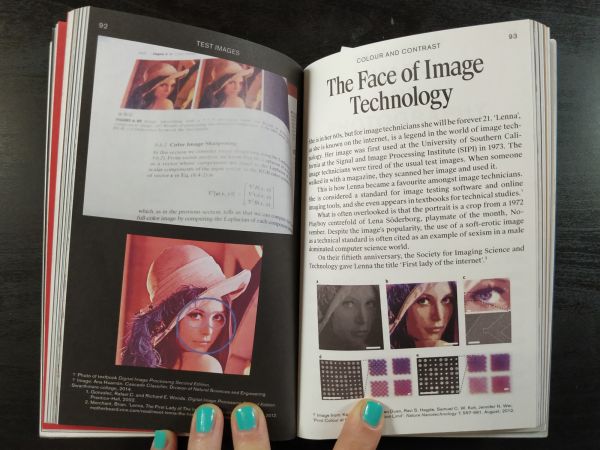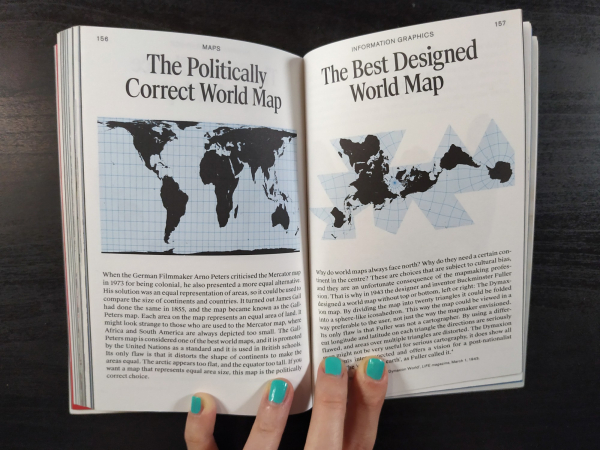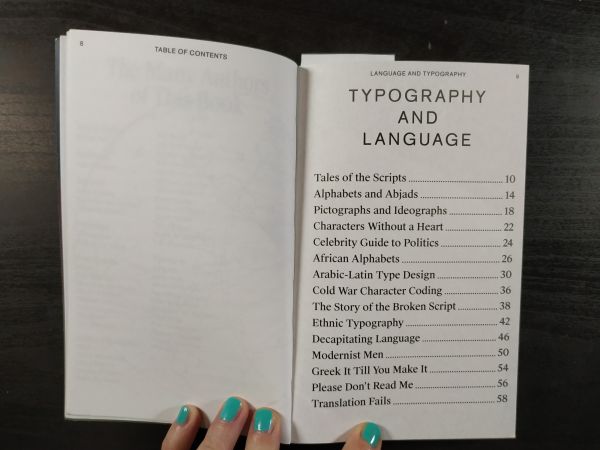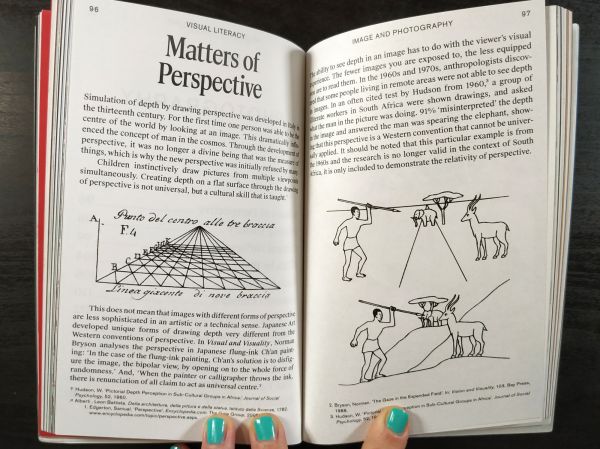Project The Politics of Design
All design is political
"You are privileged. Just reading this sentence makes you part of the 85% of the world population that is literate, the 20% that understands English, and the 40% that has access to the internet."
This sentence introduces the book The Politics of Design, which shows the cultural and political bias of visual communication in a pocket-sized guide format. The author of the book is Dutch designer Ruben Pater, who initiated a critical design practice under the name Untold Stories and focuses on finding ethical alternatives to the status quo.
Many designers, especially from the western world, are not aware of their cultural biases and how it limits their design practice. The book is instantly taking away almost every designer's self-confidence, who never questioned the universality of visual communication. Simultaneously, it is very eye-opening and works as a first step towards further study of visual communication in the global context.
Ruben explains that we, as designers, can not pretend to be apolitical. "The political system in which the designer works and lives cannot be disconnected from the design she/he creates. A political ideology is continuously being produced and communicated through design. Acknowledging this can give designers more agency in their practice to either serve or subvert the status quo."
By being aware that the (visual)communication can not be neutral, we can put everything in a new perspective and start understanding why communication so often fails. Misinterpretations in (visual) communication can not be avoided entirely. Still, we can try to become more aware and humble in our brave attempts to create a universal piece of communication design.
This book successfully debunks the assumptions of objectivity and universality in design that are tied to the modernist design tradition thought in Western design education. Examples include attempts to create universal visual language (for instance, Isotype by Otto Neurath), the "universal" human-centered design standards (that don't reflect all skin tones or body types, etc.), misleading map projections (that makes Europe bigger than it really is), or varying cultural interpretations of alphabet or colors. The content is organized according to the formal elements of graphic design: language and typography, color and contrast, image and photography, symbols and icons, and information graphics.
Ruben uses many useful visual examples in this book, accompanied by ideas from anthropology, psychology, communication science, and cultural studies. The book is written in a very accessible way for everyone interested in visual communication and visual culture. However, designers and students of design are going to benefit the most from it. I strongly recommend this book to every critically thinking designer as a must-read guide in cultural differences and some really terrible historical mistakes caused by colonialism and eurocentrism.
license: Attribution-NonCommercial-NoDerivs
